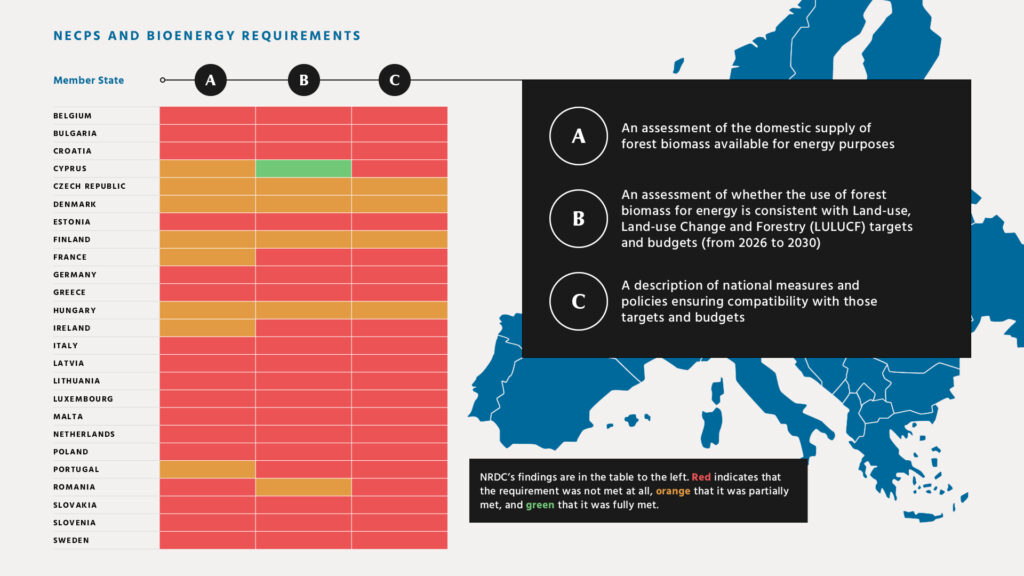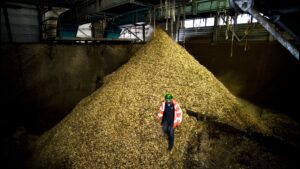The vital role of protecting European forests in the National Energy and Climate Plans
Written by Riccardo Gambini, edited by Erica Gentili
Time has run out for Member States to submit their final version of the updated National Energy and Climate Plans (NECPs), yet only a small number of EU countries – namely the Netherlands, Denmark, Sweden, Finland and Italy – have met the 30 June deadline set by the European Commission. The 10-years spanning NECPs are paramount to assess the concrete actions that MSs intend to take to meet common climate and energy targets for 2030. National governments were asked to update their plans according to the increased climate ambitions adopted within the EU fit-for-55 package. Expectedly, most of the revised NECPs are suffering from a setback and will be delivered after the due date, yet this should not prevent Member States from coming up with ambitious and fit-for-purpose pathways to meet these targets.
The issue
More specifically, EU countries must carefully evaluate – and revise accordingly – their bioenergy plans to ensure that these meet the targets from the Land Use, Land Use Change and Forestry regulation (LULUCF) and respect the obligations set out in the revision of the Renewable Energy Directive (RED). According to a recent assessment carried out on the draft NECPs, the vast majority of Member States did not come up with explanations on the compatibility between the use of bioenergy and the achievement of carbon sequestration targets from the land sector enshrined in the LULUCF regulation. This information gap must be addressed and solved in the final version of Member States’ plans, as requested by law (RED) and echoed by the EC in its first evaluation of the drafts submitted.

Protect forests
In this respect, it needs to be reiterated that forests play a decisive role in climate change mitigation by representing the largest and proven land carbon sink, unlike the Carbon Capture Storage technologies, as well as in the provision of essential ecosystem services benefiting citizens. These key aspects should be fully considered, and not undermined by promoting the use of forest biomass for energy as a renewable resource, which would in turn exacerbate the climate and biodiversity crises. The lack of minimum reporting requirements for bioenergy in the draft NECPs indeed exposes MSs inability to demonstrate that the use of bioenergy is compatible with EU climate goals. Moreover, projections show that the EU is not on track to meet the 2030 net removal target. Efforts should therefore be redirected towards the protection of forests, phasing out the use of biomass for energy and focus investments and incentives on truly clean energy sources like solar power.
Conclusions
The final NECPs to be submitted must ensure that RED sustainability requirements are respected in each Member State, and that the current shrinking carbon sink capacity of forests in Europe – mainly caused by the increased demand for bioenergy use – is reversed, as well as take commitments to exclude any kind of financial instrument that promotes the burning of forest resources.





